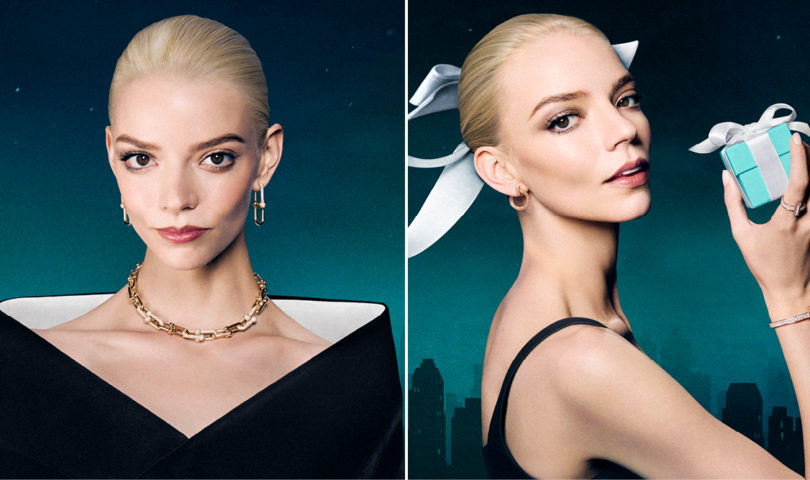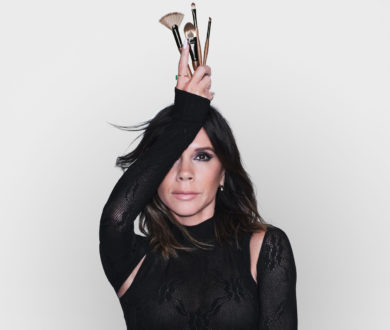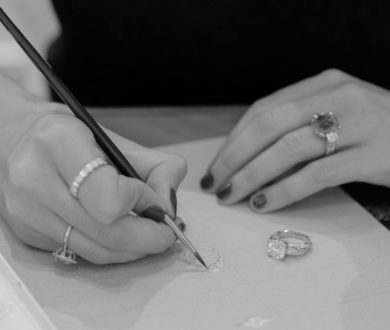In February, Cartier unleashed its iconic Panthère, along with more than 300 exquisite pieces of High Jewellery, upon Sydney, for the first exhibition of its kind Down Under.
Think Cartier, and most people will think of the maison’s most famous creations; the Love bracelet designed by Aldo Cipullo in New York in 1969, or the iconic Panthère pieces designed in Paris by Jeanne Toussaint in 1948 for that great jewellery connoisseur the Duchess of Windsor, Wallace Simpson, or the Crash watch designed in London in 1967.
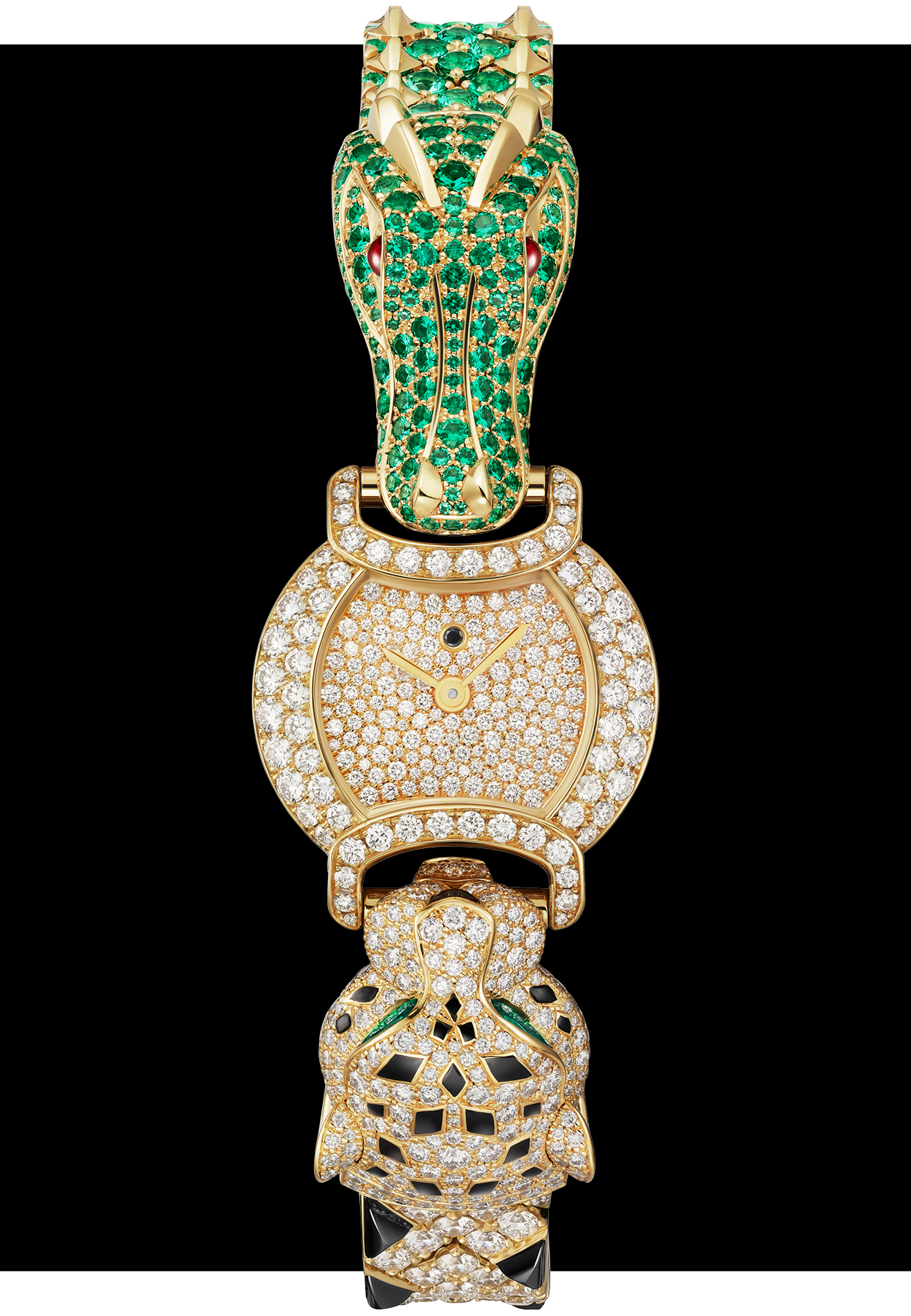
And although Cartier for a time had three very distinct identities; Cartier Paris, Cartier London, and Cartier New York, it has long since been one company, headquartered in Paris. That does not mean, however, that it thinks of itself as indelibly French. Non, Cartier is today, if anything, a globe-straddling brand that rather than spitting out exact replicas of the same store all over the world, be it Beijing or Auckland, becomes the perfect guest; graciously respecting its hosts and celebrating its new home’s heritage and culture whilst staying true to its own spirit.
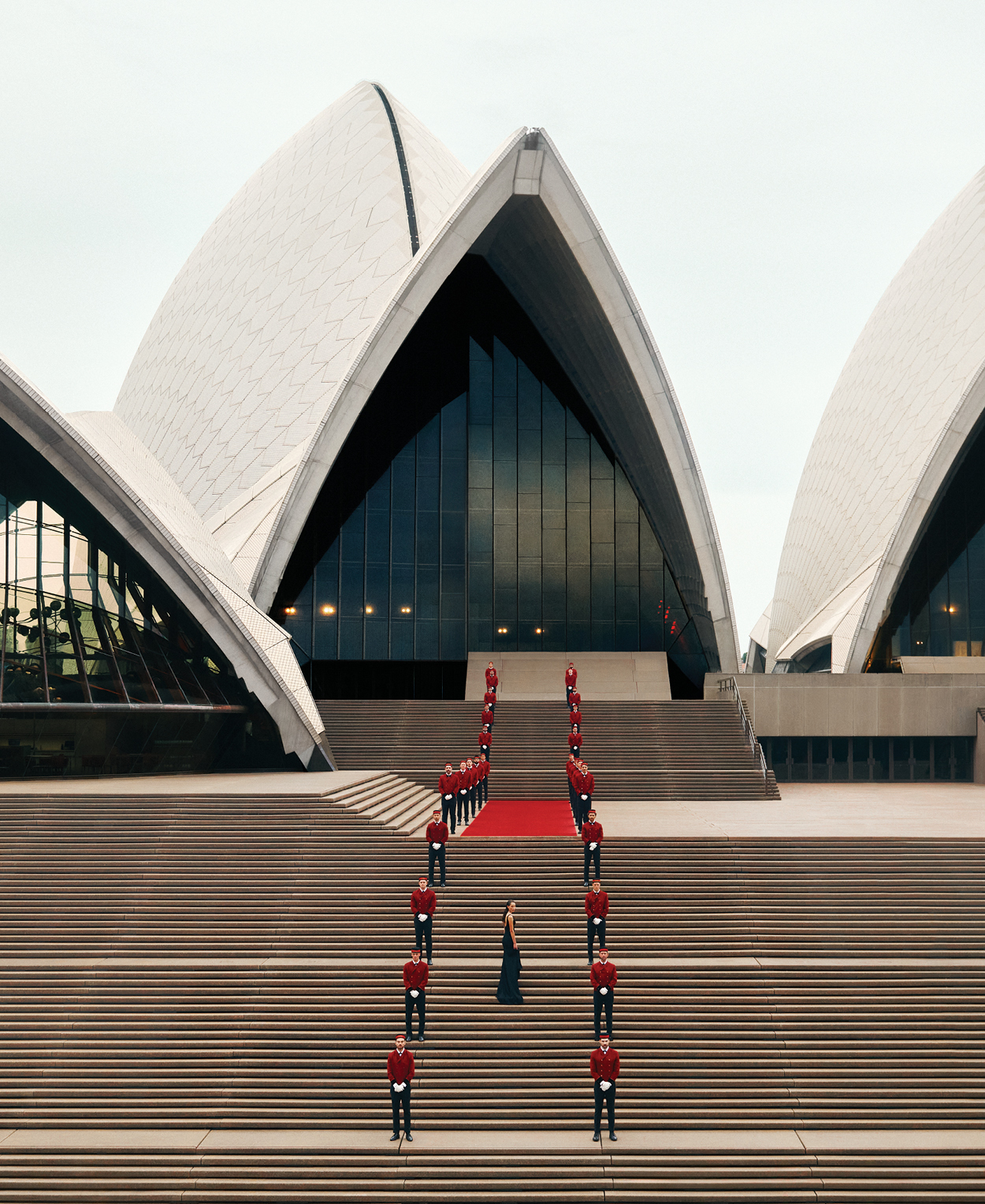
In Sydney this past February, that could not have been more evident, when Cartier brought over 300 pieces to the Australian city to celebrate its high jewellery in the first event of its kind Down Under, with an exhibition space that commissioned the work of local artists, celebrated the nation’s flora and fauna and cultural heritage, and culminated in a gala event held in that most iconic of spaces, the Sydney Opera House. As an extremely spoilt jewellery editor, I’ve had the privilege of seeing Cartier’s unmissable red-jacketed ‘bellboys’ in locations all over the world, from Madrid to Florence, but the sight of dozens of them flanking the red carpet in extraordinary symmetry at the foot of the Opera House was by the far the most fabulous sight.
“The exhibition itself was held at a venue whose former role as a wool storage shed was alluded to with a plunging ceiling-to-floor art installation…”
The exhibition itself was held at Pier 2/3, at the foot of the Sydney Harbour Bridge. The venue’s former role as a wool storage shed was alluded to with a plunging ceiling-to-floor art installation by local artist Jacqui Fink, an artwork that comprised thousands of twisted woollen fibres, undyed, pouring onto the floor like a fibrous waterfall. Artworks by Tracey Deep, who specialises in creating pieces from foraged materials like echidna quills or Eucalyptus branches, was commissioned especially for the event, and the floors and walls reflected Australia’s iconic landscapes, from sandstone to the brick red tones of Uluru, the sacred rock.
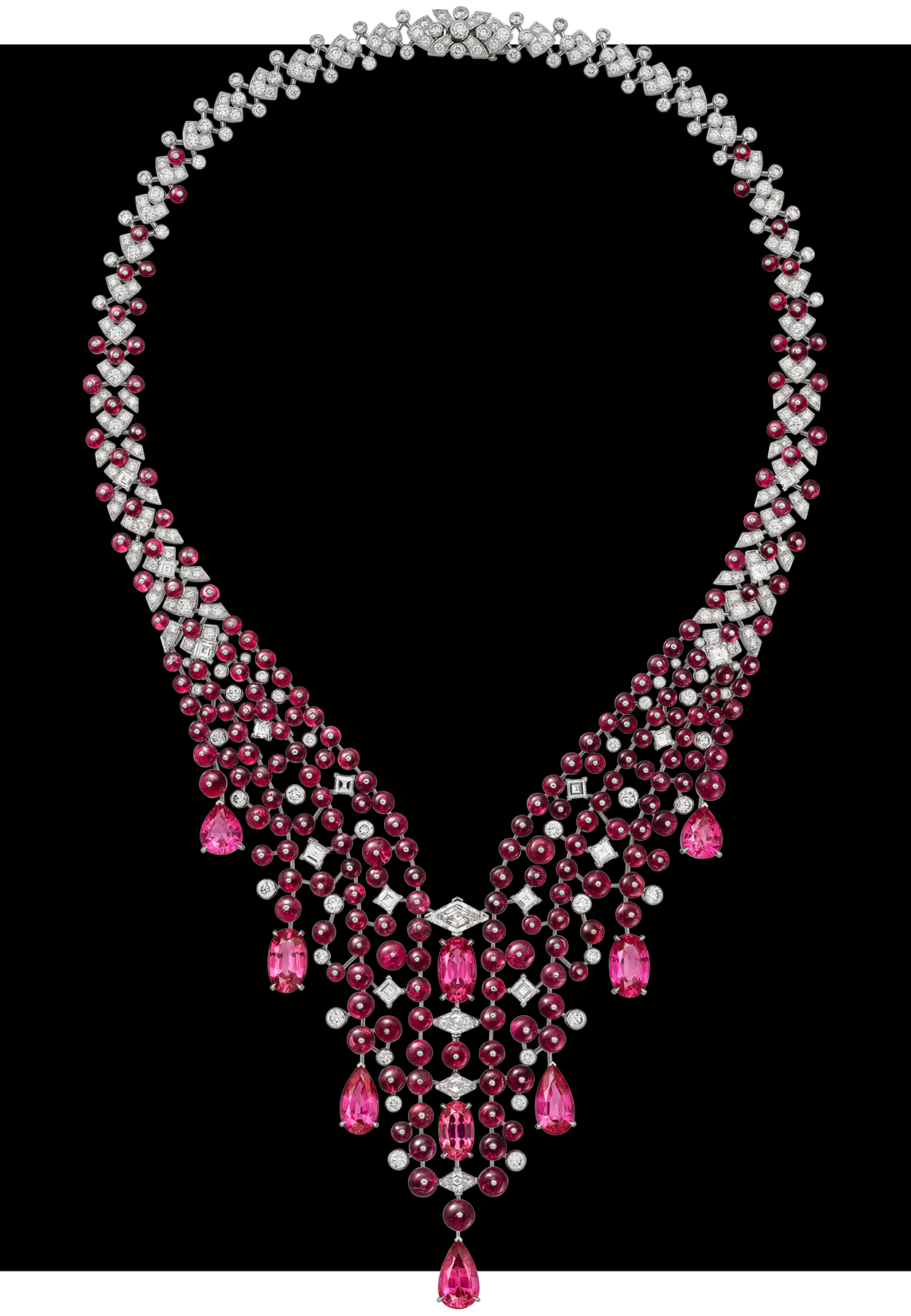
The exhibition itself was divided into themes, from architecture to flora and fauna. The Splendens necklace, for example, was inspired by the fighting fish, with strings of luscious red spinel beads interspersed with diamonds and faceted spinels. Spinel appeared also in the Trovoada necklace, inspired by the colours of a stormy sky, this time juxtaposed with the deep grey-purple of chalcedony beads. There were traditional pieces on show, naturally, like a 1979 era Cartier Paris bracelet top and tailed by onyx and yellow diamond striped tigers, or a 1928 Cartier London necklace, transformable to a brooch.
It was the Australian inspiration chapter that most intrigued, however. Opal is found all over the world, including Ethiopia and Mexico, but there is no question that Australia is home to the very finest stones of all. From a pure white opal beaded necklace to a high jewellery watch sporting a sumptuous oval juxtaposed with a pale, engraved emerald, Cartier’s affinity with the gemstone is palpable.
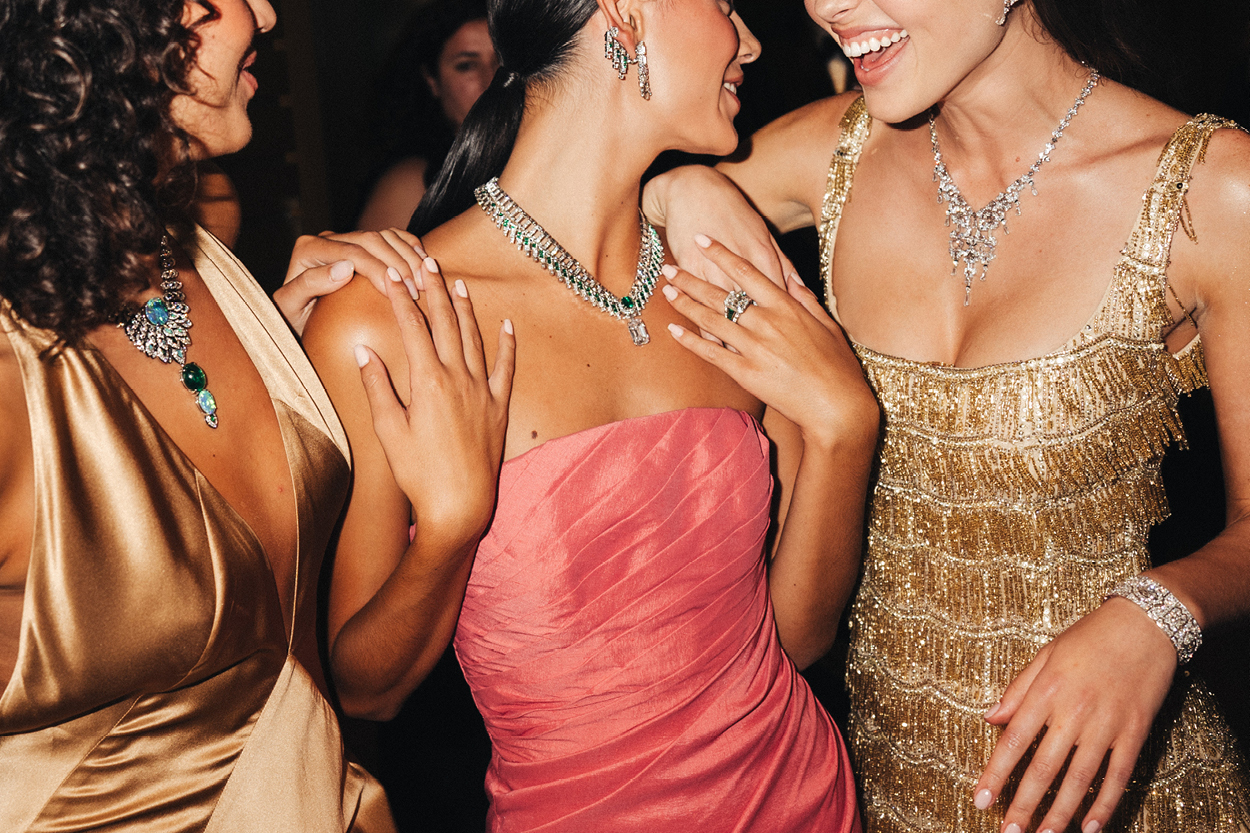
Onto the gala evening, where guests, including special clients from around the region, were treated to an extraordinary evening on the stage of the Concert Hall — something that has never been done before. As the renowned pianist Van Ann Nyugen dramatically played for seated guests, her ‘orchestra’ popped up under spotlight, one by one, from the empty arena around us, while a group from the Sydney Dance Company moved mesmerically to the singing of soprano Cathy Di-Zhang, supported by the extraordinary voices of Chorus Collective.
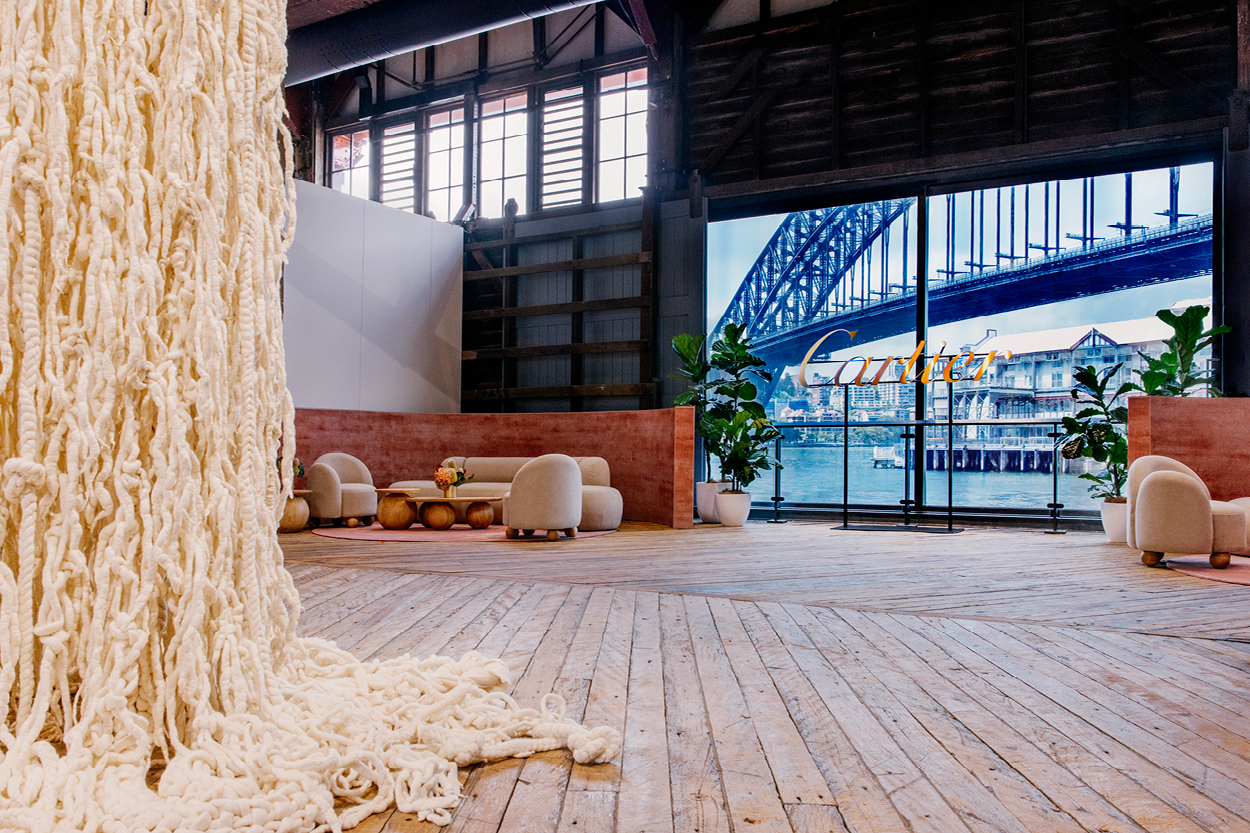
But none of this was just lip service for a fleeting event. In Cartier’s Sydney flagship, especially commissioned works include a vast weaving by indigenous artists from Ramingining, a tiny Aboriginal community in the remote Northern Territory. Sweeping from floor to ceiling in the boutiques vast ground floor, the weaving is the work of numerous artists who use traditionally dyed pandanus leaves to create beautifully meandering shapes, all stitched together in one harmonious whole.
It may be Australia through Cartier’s eyes, but it’s a beautiful, respectful vision.



